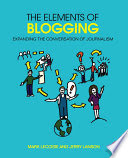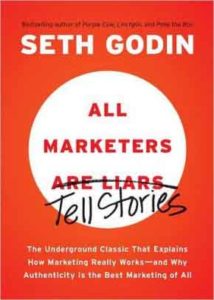Business Blog Writing to Boost Readers’ Brains – and your Own

Turns out I was right about the “training effect” of a business blog. When you blog, I like to say, you verbalize the positive aspects of your business in a way that people can understand. You put your recent accomplishments down in words. You review the benefits of your products and services and keep them fresh in your mind. In other words, you are constantly providing yourself with training about how to talk effectively about your business.
“Learning to express yourself clearly and compactly is useful not just in terms of coming across well when speaking to others, but it also helps you to think with great clarity,” the Paragon Books Brain-Boosting Challenges explains.
“When we think we can remember a first letter but no more, there’s a good chance we’re actually correct,” the authors say. The first letter of a word is a critically important part of our ability to identify it.” Two creative writing techniques that can make your blog post titles, as well as some of the text content, memorable and interesting are alliteration and assonance. Alliteration repeats the same consonant (Peter Piper picked a peck of pickled peppers) or the same vowel sound (Honesty is the best policy).
“To help make a memory stronger, when you go back over the same material, it’s helpful to try presenting the content to yourself in a difference way to force yourself to think it through from a fresh angle.” Isn’t that precisely what business blogging is, continually approaching the same core topics from different angles? What you can do with the blog is offer different kinds of information in different blog posts. Each time you post you’re pulling out just one of those attachments on your “Swiss army knife” and offering some valuable information or advice relating to just one aspect of your business.
As a blogging trainer, one concern I hear a lot from business owners or professional practitioners is that sooner or later, they’ll deplete their supply of ideas for blog posts. “I’ve already covered my products and services on my website – what else is left to say?” is the common thread in the questions I’m so often asked.
That’s when it’s important to remember the readers. Smart blog marketers know there are many subsets of every target market group, and that not every message will work on every person. At Say It For You, we realize online searchers need to know we’re thinking of them as individuals.
Repeating the same information in different forms is not only good for your own memory – it helps your blog readers remember YOU!

 When Shakespeare’s Polonius was sharing his wisdom with Laertes, he mentioned how important clothing is in making a good impression:
When Shakespeare’s Polonius was sharing his wisdom with Laertes, he mentioned how important clothing is in making a good impression:


Follow us online!